How does it work
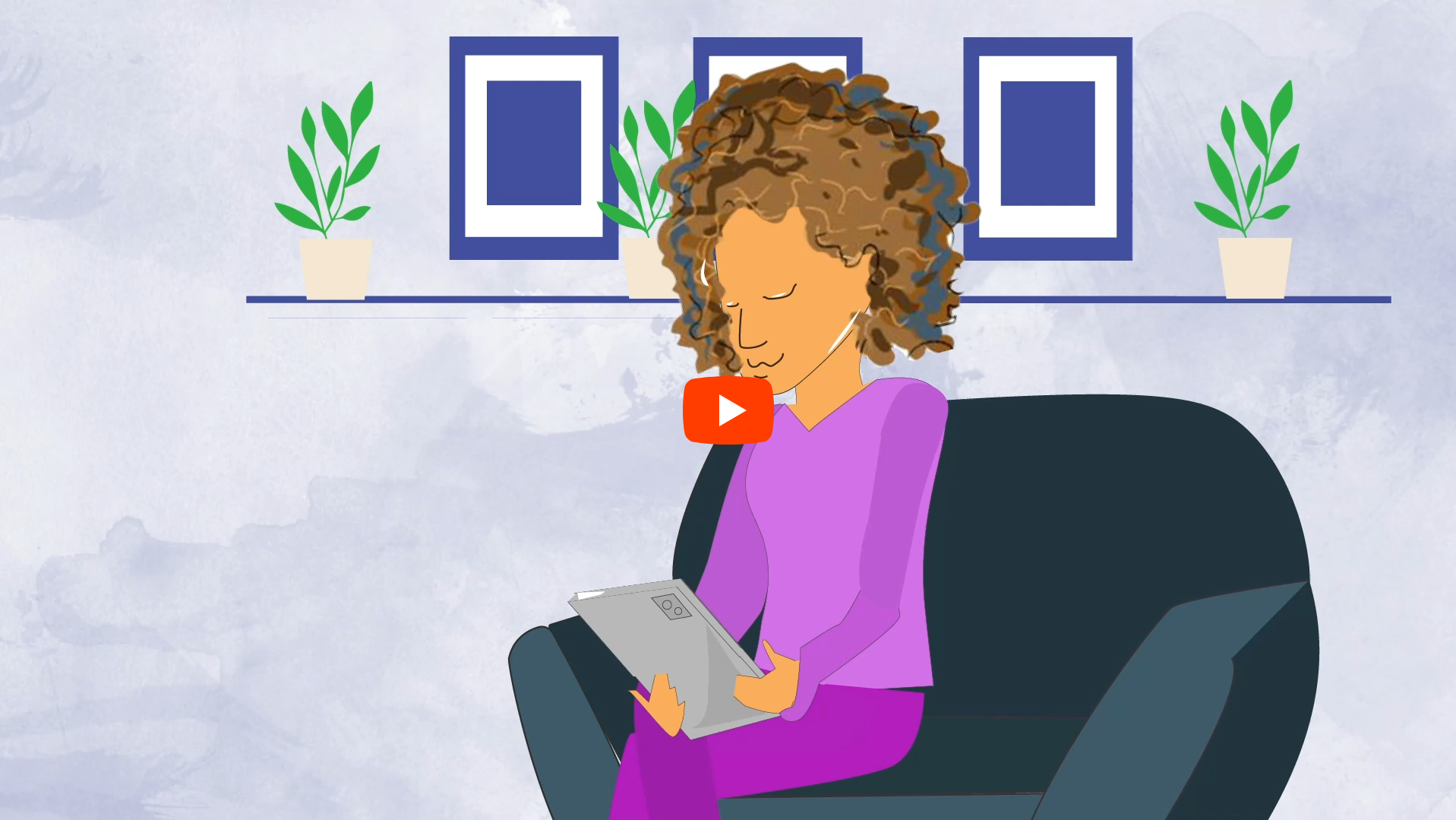
en
 English
English
 Deutsch
Deutsch
 Italiano
Italiano
23 March
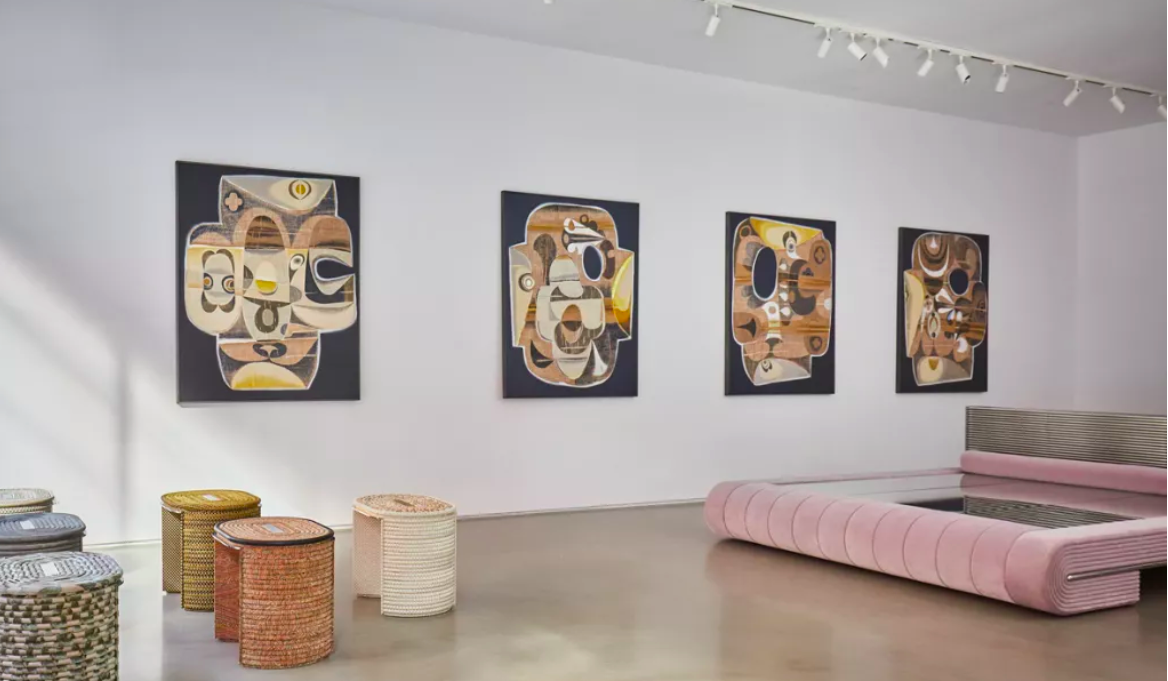
For the inaugural group exhibition at Cristina Grajales gallery’s Tribeca location in 2022, John-Paul Philippe produced two paintings that pushed the limits of his practice in style and material. Grajales was enamoured. Now, the gallery is exhibiting ‘Ombres’ (until 28 April 2023), a show of his newest artworks in this same, evocative vein.
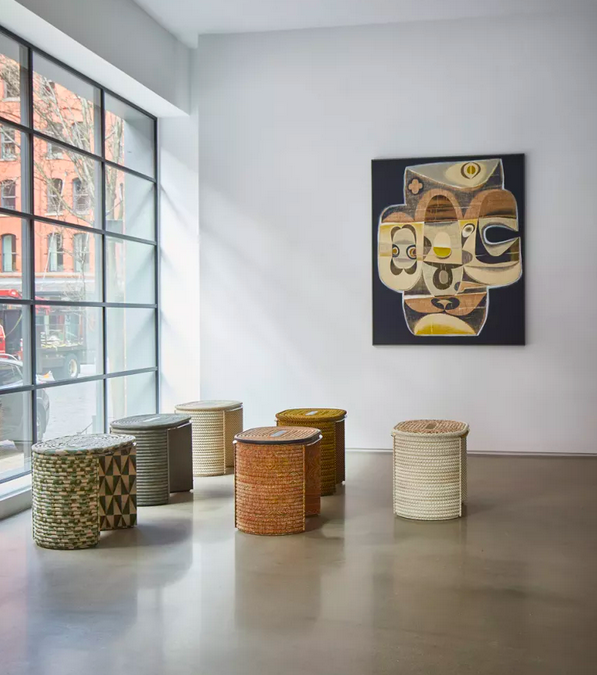
As a continuation of his previous experimentations, Philippe’s latest wall-hung pieces circumvent rigidity, gesturing onto the canvas with well-directed looseness. These characteristics are enforced by the introduction of a new material: burlap.
Manipulating the burlap across or, at times, underneath the paint, Philippe creates ‘lapses’, as Grajales calls them: pulling, lacerating, or fraying the burlap. These interventions into its tightly gridded pattern are, in a sense, a parallel to the free-form nature of the body of works overall; this freedom, however, belies the precision and deliberation of the burlap’s handmade inconsistencies. These manoeuvrings call attention to the colours, forms, or painterly moments that are behind or beyond the material, existing in and emphasised by its lapsed spaces, and speaking of stories much more specific than first meets the eye.
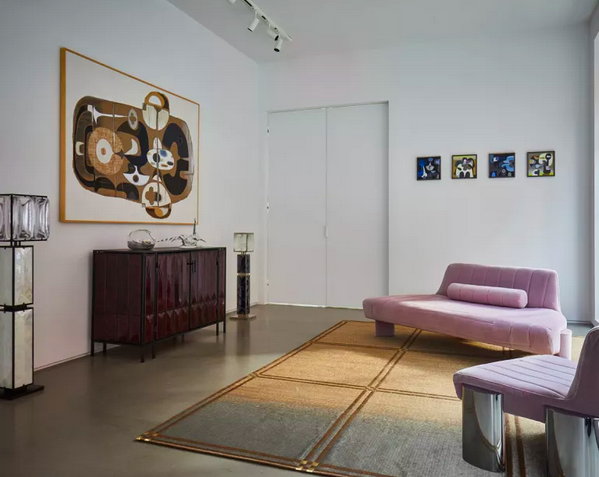
Working from rural Connecticut, Philippe is immersed in the natural world. He cultivates a flower-sprinkled meadow and native plant gardens across his 5.5-acre property (which was a former bird sanctuary). A company of parakeets – at one point there were up to 12 of them – live in his studio, which seasonally moves between the loft of a converted barn and a high-ceilinged, screened-in porch.
'They land on the paintings,' he says, 'and they fly around the studio.' He credits the parakeets for quite literal inspiration, citing their 'patterns and the forms of their little beaks' as reference points for the shapes employed in his latest work. 'The paintings actually mimic the plumage and the colouration, too,' he says, resonant in the way yellow greens burst through the canvases’ more earthen tones. There are even motifs in the paintings that harken to the 'drip-like forms' of the parakeets’ droppings – an unexpectedly fertile source of inspiration.
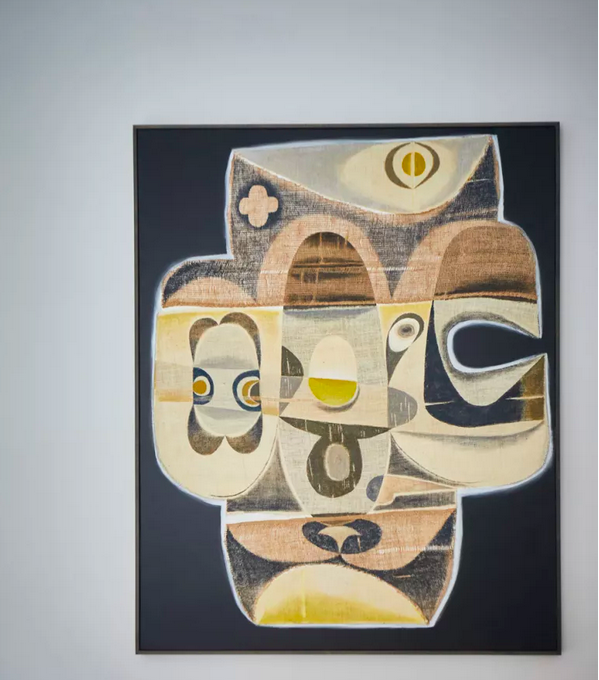
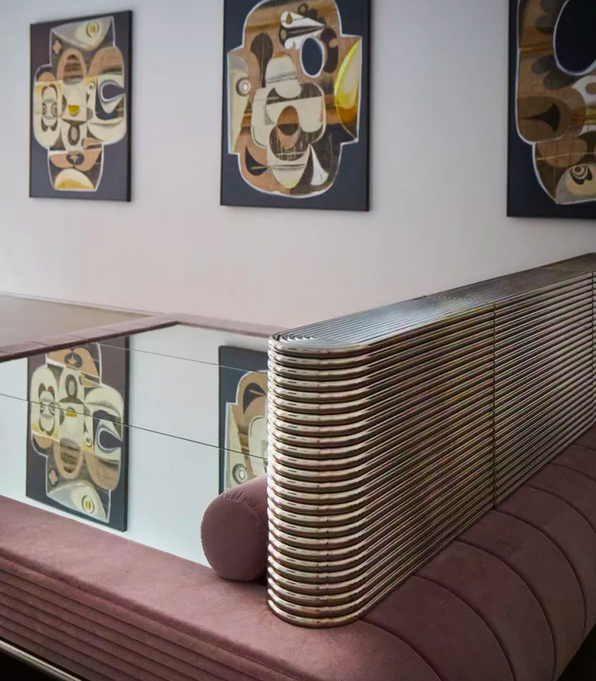
'He’s very in tune with nature,' says Grajales, who is smitten with Philippe’s sentimentality toward flora and fauna, and how he conveys it in his art. 'I think that’s what makes these pieces so captivating.' She muses on each evocation she discovers in the biomorphic artworks: birds, insects, the sun. One of the art’s attributes, though, is that each person has the opportunity to find something different within it: the shapes of eyes and ears, the gesticulations of a sprouting stalk’s first curl, a butterfly wing, a petal.
Curated alongside Philippe’s exhibition are select designs by Mark Grattan, including 12 never-before-shown stools in sumptuous upholstery and supple suedes. The dialogue between the two artists hinges on the textile-forward tactility of each of their works, creating a narrative arc that ties the natural worlds conjured from Philippe’s canvases to the flashes of urbanity connoted in the chrome and brass details of Grattan’s furniture.
'It’s a beautiful conversation,' Grajales says of Grattan’s work alongside Philippe’s. 'They are both romantic, in a way. Together, they are poetic.'
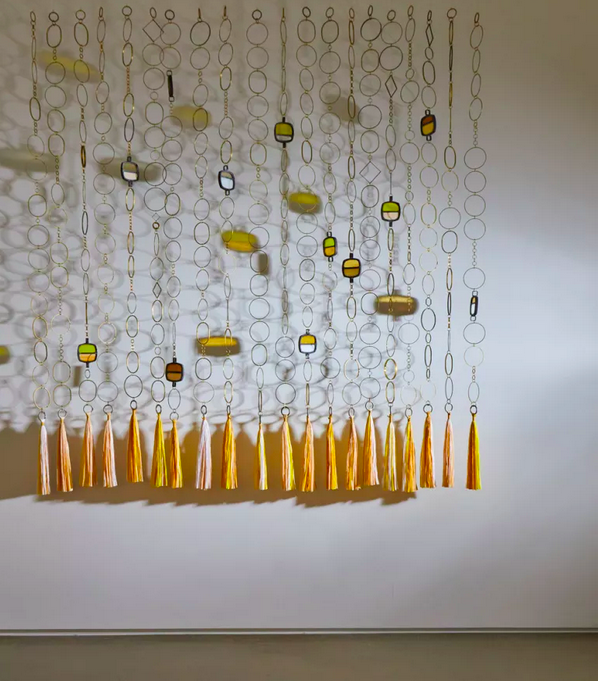
All article from wallpaper.com